Laminar air flow horizontal
Laminar Flow Cabinet – is used only for sample protection. Laminar Flow Cabinet is a work bench or similar enclosure, which creates a particle-free working environment by taking air through a filtration system and exhausting it across a work surface in a laminar or unidirectional air stream.
Report Abuse
Shipping Details
Based on 0 reviews
Be the first to review “Laminar air flow horizontal”
You must be logged in to post a review.
Vendor Information
- Store Name: ATLANTIC Scientific and Research Supply
- Vendor: ATLANTIC Scientific and Research Suply
- No ratings found yet!
-
Health & Medical
Disintegration Double Vessel
1 There are twelve tubes in two basket assembly.
2 Each test station is driven independently. Auto stop at timing point.
3 The bath liquid can achieve an even temperature.
4 A MPU is used to automatically control the temperature, time and frequency of nacelle back and forth.
5 Timing at will. The preset and real time data can be displayed alternately in time.
6 Automation: auto-test, auto-diagnose, auto-alarm.
SKU: n/a -
-
Health & Medical
Glass Made Water Distillation Unit or Distilled water Machine
Water Distillation Unit – LABOID – 400M models are designed for reliable continuous operation incorporating a host of features unmatched by comparable stills. It is easy to use, safe to operate, thoroughly reliable and above all Low Cost.
Features of this Plant
Abundant Output. The still provides, 4 Liter/hr of distilled water produced through a power input of 3KW by a chromium-plated heater housed in a horizontal Glass Boiler
The distilled output is cool ensured by a high-efficiency condenser. The temperature of distillate 25o C – 40o C tested for an ambient room temperature of 30o C.
All units carry Marking.SKU: n/a -
Health & Medical
stethoscope
The Clinical Lite professional stethoscope is a classic dual head stethoscope that is extremely light weight and affordable. The anodized aluminum dual head has a fiberglass diaphragm to optimally detect S1 and S2 heart sounds as well as Korotkoff sounds, while the bell side is optimally designed for assessing S3 and S4 heart sounds. The Clinical Lite professional stethoscope incorporates a snap-on diaphragm retaining ring and a non-chill bell ring providing the ease of use and maintenance, while enhancing patient comfort.
SKU: n/a -
Health & Medical
IR spectrophotometer
A Spectrophotometer is an analytical instrument used to identify materials including organic polymers. Infrared spectrophotometers record the relative amount of energy as a function of the wavelength/frequency of the infrared radiation when it passes through a sample. Therefore, chemical structures of different samples will reflect differences in the IR absorption spectrum allowing for identification of a sample. Unlike a dispersive spectrometer, an FTIR spectrometer or FTIR spectrophotometer is used to simultaneously obtain spectral data of a sample. It does this by using an interferometer to collect the interferogram, also known as the raw data/signal format, which can then be translated into the infrared spectrum of the sample by means of a fourier transform algorithm. As a result there are many advantages including greater signal-to-noise ratio, high resolution, higher throughput, and a short wavelength limit. FTIR spectrometers can be used in a variety of industries including environmental, pharmaceutical, and petrochemical.
SKU: n/a



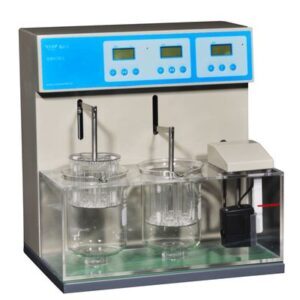
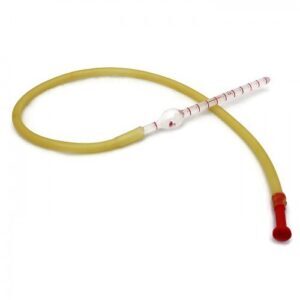
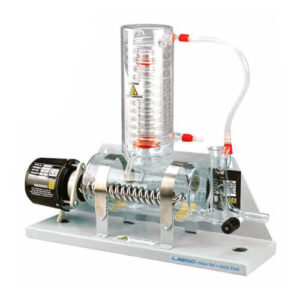
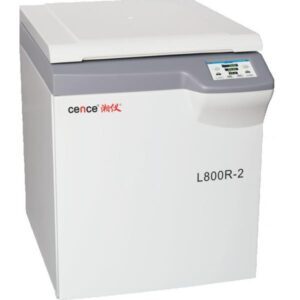
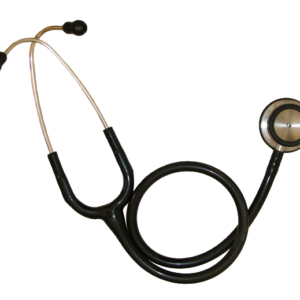
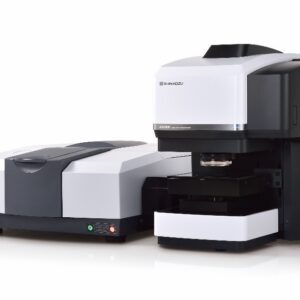
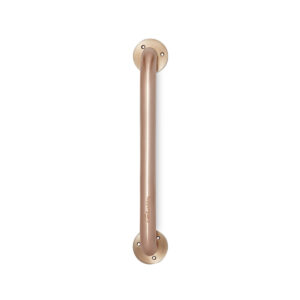
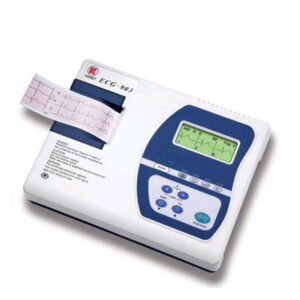
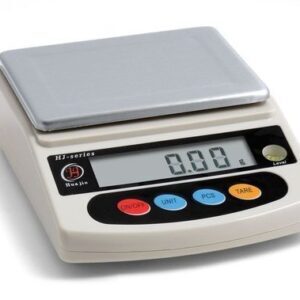
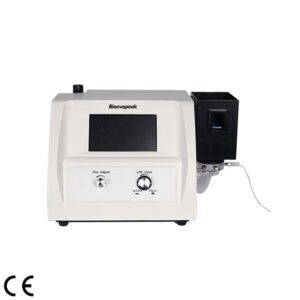
There are no reviews yet.